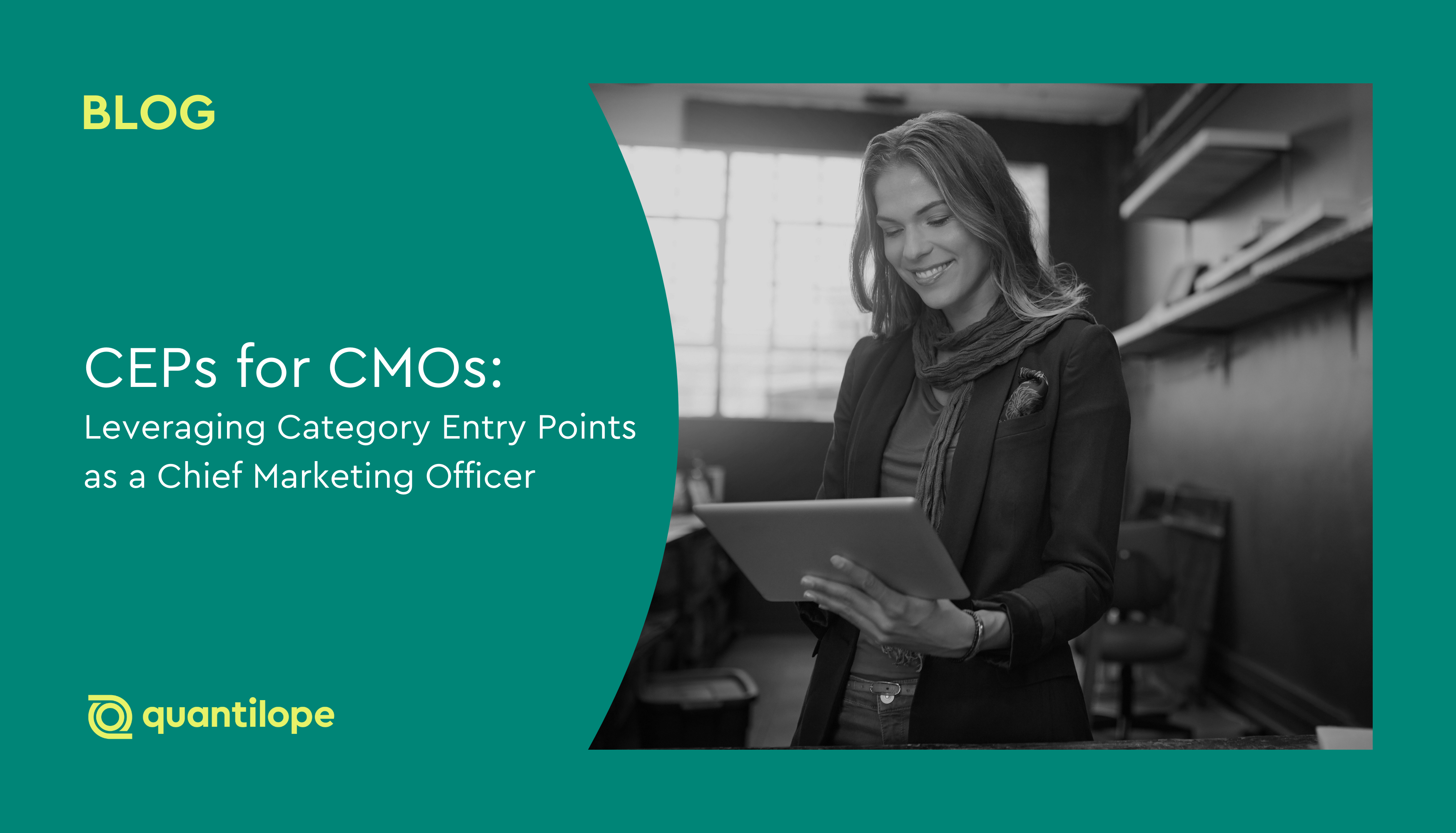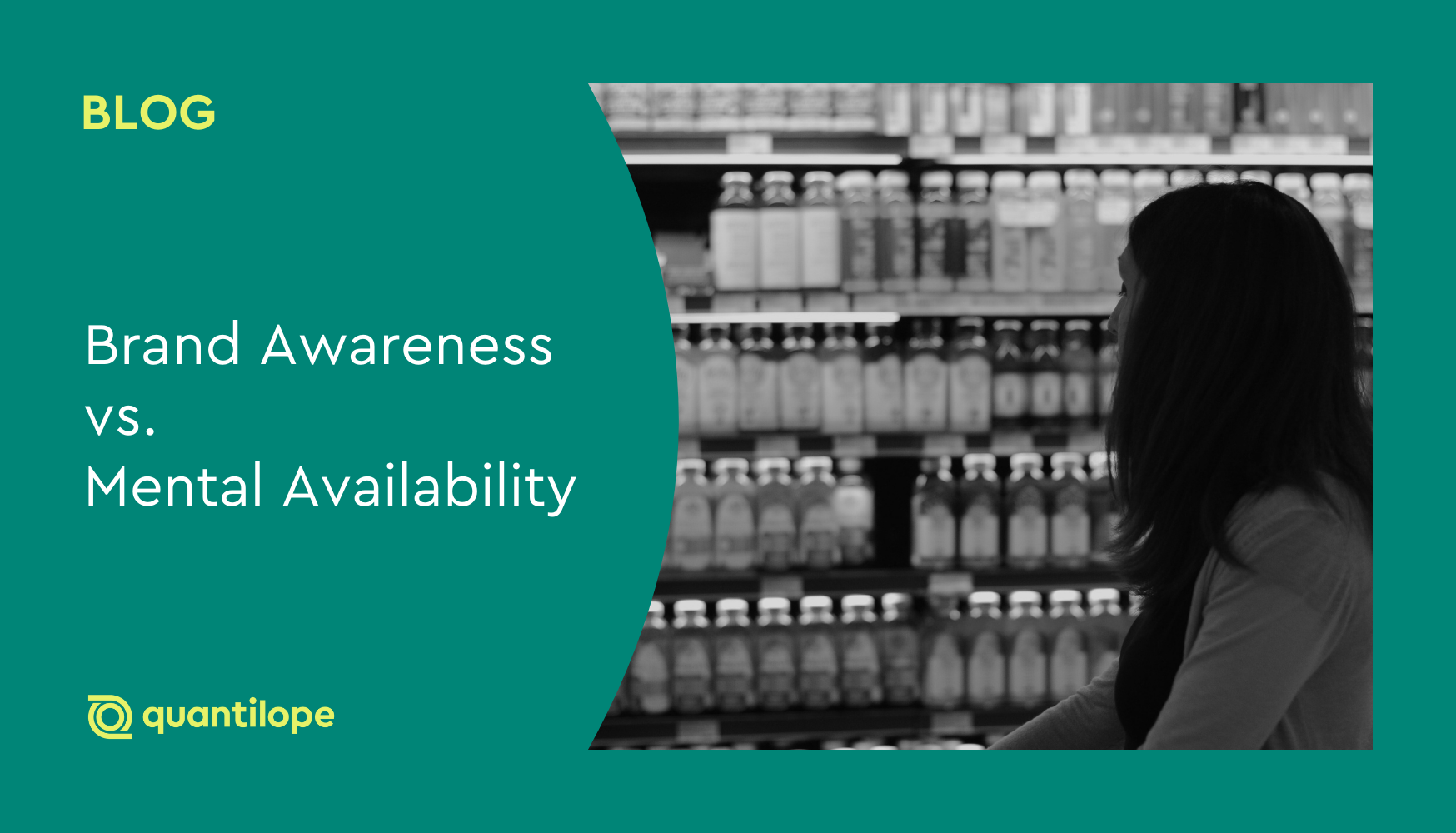Research budgets aren’t unlimited, which can leave brands wondering how to get the most out of what they do have. Rather than running segregated one-off research studies here and there in an attempt to capture consumer metrics over time, get the most from your money with an automated research tracker.
Table of Contents:
- Why tracking insights is more important than ever before
- How businesses can use tracking data to save money
- What options are available for tracking?
- How to lower tracking costs
Why tracking insights is more important than ever before
It seems there’s a new trend or fad nearly every day and brands need to move quickly enough to keep up with consumers as their preferences change. One of the best ways to do so is through ongoing tracking research - a means of capturing consistent consumer behaviors, perceptions, attitudes, etc., to easily identify shifts compared to a benchmark of past waves.
Back to Table of Contents
How businesses can use tracking data to save money
Businesses can leverage a tracker for just about any business need, in any industry, big or small. Whether you’re looking to track just one or two metrics over time, or dozens of metrics each wave in a larger brand monitoring initiative, there’s always value in having a reliable, ongoing market research study.
Below are just a few ways tracking studies can save businesses money while providing strategic brand insights over time:
1. Understand target audience behavior
When you understand your target audience’s behavior and their changing needs over time, you’re able to prioritize your business decisions and allocate budget to the products and services that generate the most value. For example, if you notice sales of a certain item within a product line are consistently dropping over time, you might decide to discontinue that product and use its allocated resources on a higher-performing product.
Knowing what your audience is doing and how they’re feeling over time, then catering your business efforts to accommodate their needs, allows you to build brand loyalty among current customers while piquing interest and increasing brand awareness among prospective new ones. As a result, you’re creating products that hit the mark - not ones that waste company money by sitting untouched on a shelf.
2. Optimize marketing budgets
Similar to creating the right products targeted to your audience, tracking consumer behavior and trends over time also creates optimized marketing campaigns.
Tracking studies can be used to learn where consumers are shopping most frequently over time, which social media sites they're visiting and engaging with, how often they visit in-store locations, where they’re seeing ads, how often they recall seeing ads, etc. All this informs a business of how well its marketing efforts are performing, and if it should be investing more/less in those efforts going forward.
3. Identify the best channels for distributing products
Not only do you need to know which products and services to offer, and how to market them, but you’ll also want to know the best distribution channels to reach your audience. Tracking shopping behaviors and preferences tells a business where to prioritize its distribution spend.
For example, if you see your target audience is consistently shopping more online than in-store, you can invest more budget into building the best e-commerce customer experience for your shoppers - including a marketing strategy that focuses primarily on online channels.
What options are available for tracking research?
When choosing a research vendor for your tracking study, focus on your company initiatives. Do you want the fastest insights possible for quick decision-making? The cheapest cost? A team of researchers to help execute your study?
Below are a few options for tracking research, based on your individual goals/needs:
End-to-end, automated tracking platforms
Automated tracking platforms are the modern-day choice for brands who want high-quality tracking insights, fast. Automated platforms make it simple to set up a custom brand tracking survey, monitor respondent results in real-time, automatically clean the data, generate analysis charts, and pull the insights together into a live insights dashboard.
Automated platforms tend to save businesses money, cutting out the need for various siloed touchpoints (i.e. programming team, fielding team, data analysis team, reporting team). Most platforms offer the option to do everything yourself (DIY) or to work with a team of research experts in a managed-service capacity. Additionally, these types of platforms empower researchers of any skill set to leverage advanced research methodologies such as MaxDiff and segmentation thanks to machine learning algorithms that take care of the scientific calculations on the backend.
Traditional research agencies
Traditional research firms (such as Ipsos, Kantar, and Nielsen) have been around for decades, and certainly know how to run tracking studies. These agencies are good for companies who want to leverage various teams for each step of their survey and don’t necessarily need a shareable dashboard tool. Most traditional agencies will pass along a tracking survey to various departments (each with its own timelines), and then pull the final insights together in a slide deck presentation.
Online survey tools
A third option for tracking is an online survey tool, like SurveyMonkey (by Momentive). These tools are good for tracking simple questions like brand awareness, brand perception, and other brand health metrics. However, double-check that your online survey tool of choice can accommodate features such as advanced methods, a large variety of survey template customizations, enhanced data visualization, or live dashboard reporting.
How to lower tracking costs
Once you choose a vendor or tool for your tracking study, use the following tactics to stretch your budget the furthest for the most actionable insights:
1. Get more insights from your tracking data
The main perk of a tracking study is having access to ongoing, timely consumer or business key performance indicators (KPIs). Allow this to work in your favor by cutting the data among various custom variables for numerous insights lenses. For example, don’t just look at customer satisfaction by the total level - cut this key metric by demographics, types of shoppers, frequency of interaction, etc. All these different data cuts paint a more intricate picture of customer satisfaction - all by using one main metric/question. In doing this, you multiply your insights without having to add additional questions to your survey...which can add interview length, and thus, increase the cost per interview (CPI).
2. Use an all-in-one research platform
If cost is a major concern when running a tracker, consider leaning toward end-to-end platforms over siloed research firms. As mentioned above, an end-to-end platform, like quantilope, can save a significant amount of money by cutting the costs required for individual research teams. End-to-end platforms integrate everything from questionnaire programming to fielding to analysis and report creation for brand tracking metrics. Beyond that, machine learning takes care of data cleaning and chart generation, both of which are typically charged by a data processing/reporting team at a larger agency.
Most importantly, end-to-end automated research platforms allow research teams to dive into their insights at any hour of the day, without waiting on someone to send over a data file or presentation. They can leverage this data to pull additional insights, create fresh dashboards, and present new findings to stakeholders, all without having to run another insights study.
To learn more about quantilope’s end-to-end consumer intelligence platform, and how it can save you valuable time and money in your tracking efforts while building market share, get in touch below!



